By Alex Trukan
Attacking down the wings requires players that are quick, direct and able to combine with others or win their individual duel against the defender. However, it is not only individual players that make wide play effective. Direct play through the wings should be a collective action of the whole team with appropriate preparation of spaces as well as clever movements off the ball to put wide players in the best position possible to play forwards. This article will explore some of the ways direct wing play might be utilised.
In the initial stages the team in possession might combine and keep the ball in the middle to drag the opposition in and narrow their shape up. As the team is in possession, even the strategy is to attack down the wings, the outlook should be always to penetrate through the middle. This is the shortest route to opposition goal and should be exploited if opportunity arises.
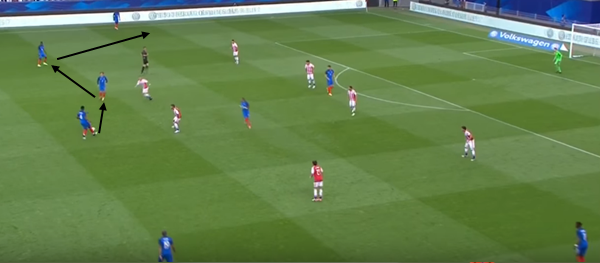
First direct option down the wings is a winger making a diagonal run inside and trying to get the ball through the gap between opposition full back and centre back. This will be supported by striker and opposite winger coming into the penalty box to finalise play.
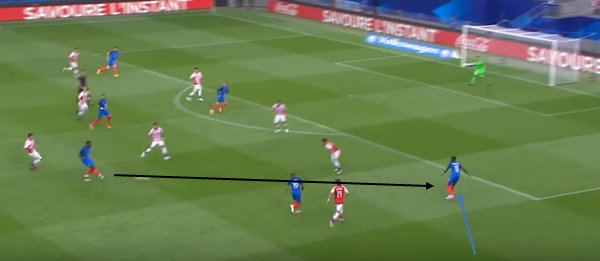
Another option exploiting spaces behind full back is central midfielder making a run from deeper areas as winger is on the ball. It is good to have players in the box already as this will drag centre backs away and force centre midfielder to track forward runner into wide areas.
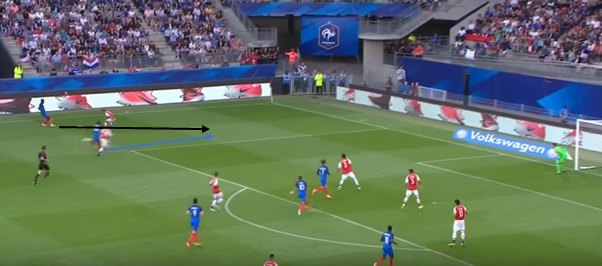
More patient approach might be based on number 10/8 coming into wide areas to combine play with winger/full back on the ball. If it is full back that gets on the ball, then at the same time winger might be offering an option down the channel.
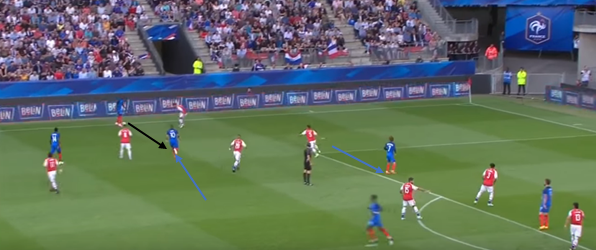
As the ball is played into winger who is good in 1v1 duels, it might be beneficial for centre midfielders and striker to move away from the ball and isolate winger in wide areas. This will create more room for a duel but also open up more options for direct play into the penalty box.
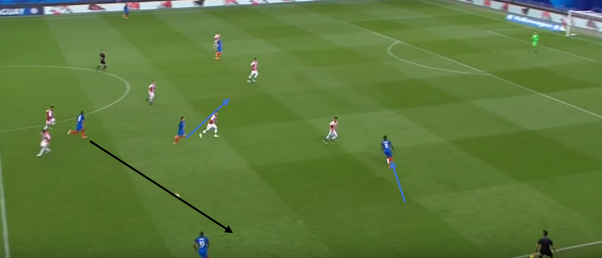
Important technical detail when attacking directly down the wings are passes into space. Passing into space rather than feet will allow/encourage player to continue running forwards and keep the pace up. It also forces opposition defenders to readjust their positions quicker.
By Alex Trukan, Development Coach, Nottingham Forest - @AlexTrukan


